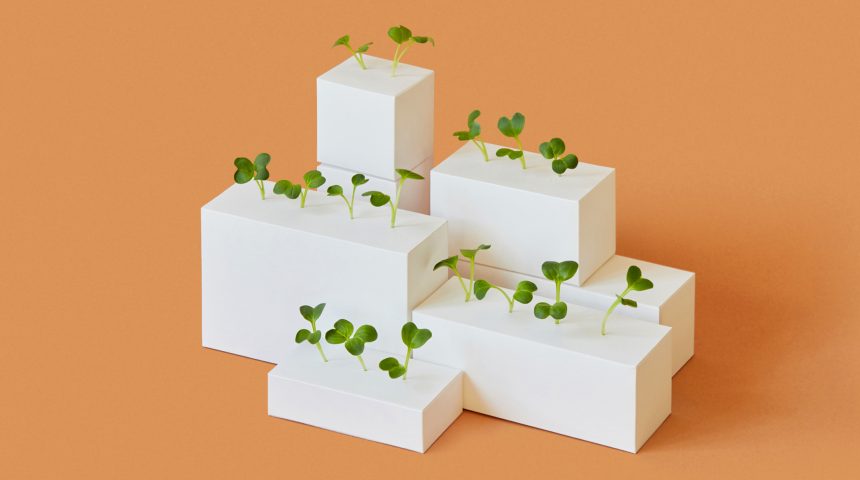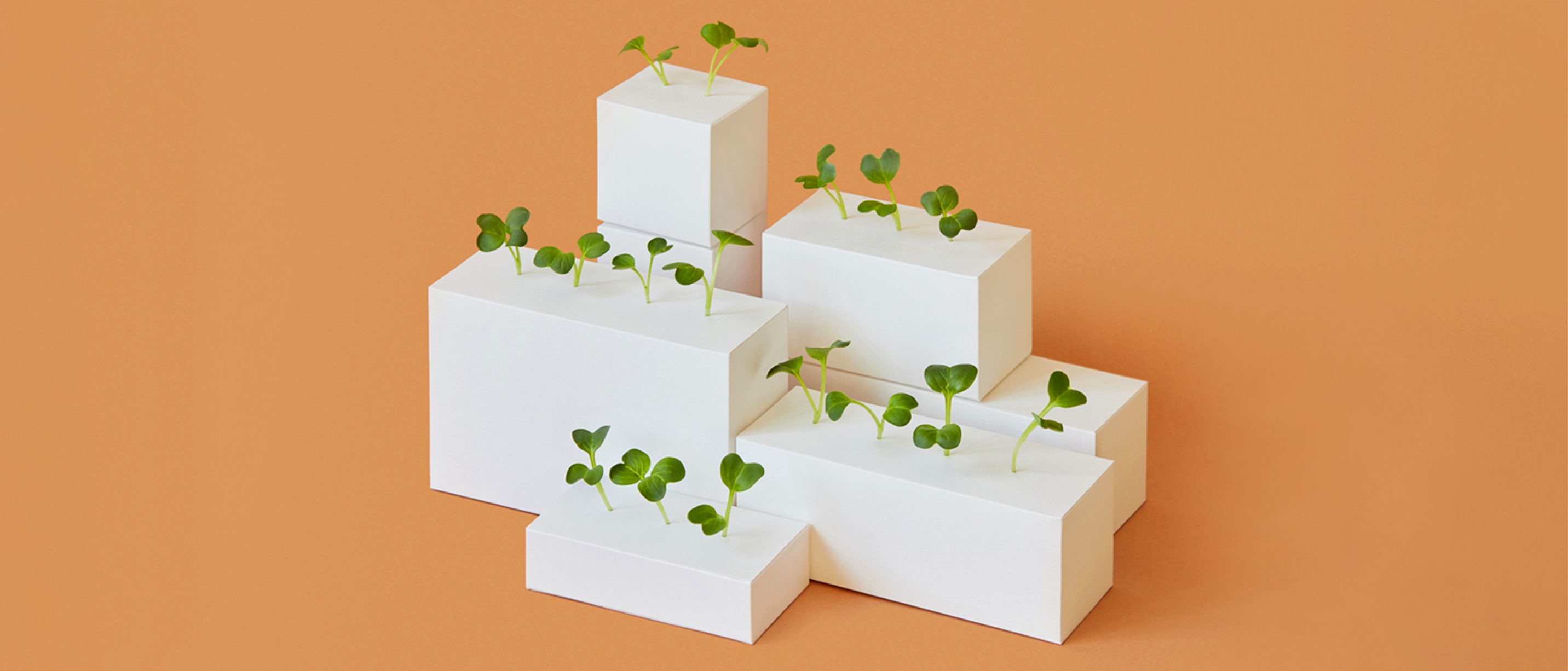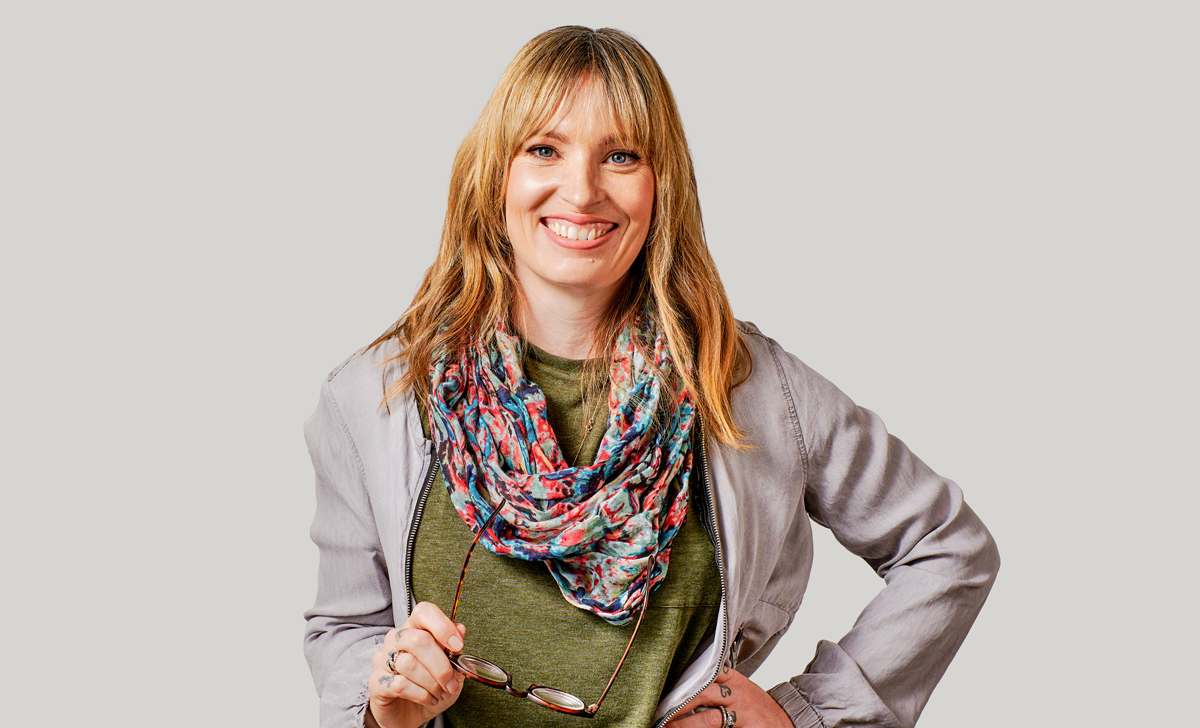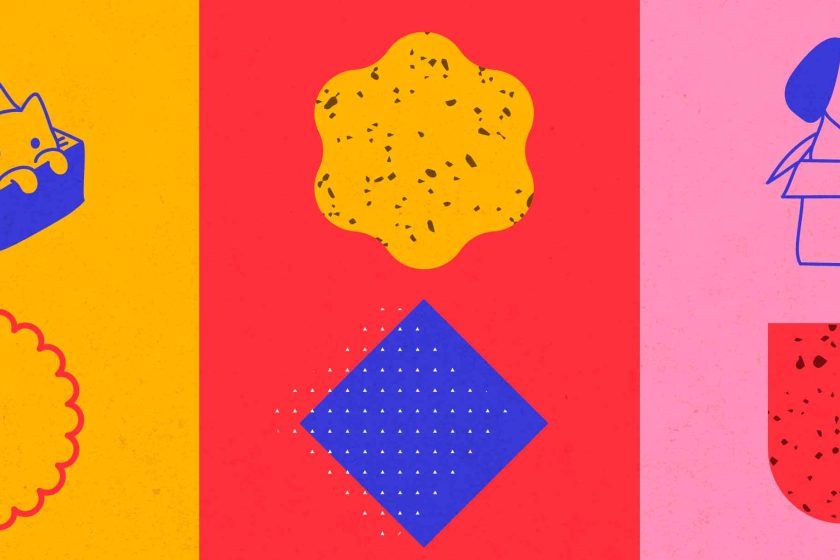

If you launch a product or want to refresh your structure, now is the time to upgrade to a sustainable packaging solution. Wait too long, and it will negatively impact your brand and be more costly in the long run.
Package waste has been a dominant topic in the sustainability conversation for decades. Here is the challenge for CPG brands: packaging design is still one of the most prominent ways to build loyalty, communicate benefits, showcase personality, and keep products safe and fresh. Packaging isn’t going anywhere. On the other hand, people are becoming continuously conscious of the impact of packaging on the environment and are voicing their objections.
It can often feel like consumers are talking from both sides of their mouths–they want to learn more about the brand at the retail level; they will make decisions based solely on design or messaging cues, but they want less waste. They also say they want to support companies who care but are often unwilling to spend on higher-priced, eco-friendly packaging alternatives. Margins on groceries are slim, so investing in sustainable packaging can feel like a painful tug at the bottom line.
Many CPG brands are finding that the right solution for packaging their product is an undertaking; it requires education. For example, biodegradable packaging is a popular sustainable option, allowing for flexible packing and source reduction. However, it’s still a young concept for customers in many ways. Bioplastics break down into tiny pieces of plastic, whereas bags made from plant materials genuinely disappear. These added levels of complexity confuse customers who think they are making eco-friendly decisions, leading to a sense of frustration.
Plus, municipal waste programs vary, making universal solutions a real challenge. Beyond recycling plastic, we rely on consumers to ensure certain materials are reused or repurposed. After all, what is the point of investing in more expensive materials if they end up in landfills anyway? CPG brands must go a step further to encourage proper disposal. Upgrading to the How2Recycle® label is easy and creates more value for consumers. Motivated customers will appreciate the effort.
Like it or not, consumers now have the power to demand better and more sustainable options and expect companies to provide them with viable alternatives.
There is a planet-sized picture here: sustainable packaging is not limited to the box, pouch, or tub itself. The opportunity to create a holistic system from the package’s end-of-life to rebirth means compromise and solutions-based thinking beyond the marketing team’s effort to meet consumer demands. Manufacturers can use new eco materials to produce more efficient and economical packaging solutions with cheaper transportation. To ensure safety compliance, environmentally friendly secondary packaging can be applied to smaller, more expensive product materials. Consumers are increasingly looking for brands that offer efficacy and demonstrate sustainable practices from their respective manufacturers.
Brands should leverage these relationships to build trust with customers. Showing printers, vendors, and co-packers the conventional wisdom in making this change, many brands have successfully integrated sustainability into their process by assuring that a more sustainable product will deliver value and optimize the brand for growth–a beneficial prospect for all.
Like it or not, consumers now have the power to demand better and more sustainable options and expect companies to provide them with viable alternatives. Most legacy or more prominent CPG brands are responding with commitments to use more sustainable packaging materials and manufacturing goods using SPC (sustainable packaging coalition) standards. Retailers like Walmart are demanding initiatives, evaluating them through a scorecard, and using this to make purchasing decisions. Your “cradle to cradle” packaging and processing system could help you enter the conversation.
And only good can come of that.
Curious how sustainability can help reposition your brand altogether? Check out this article.









